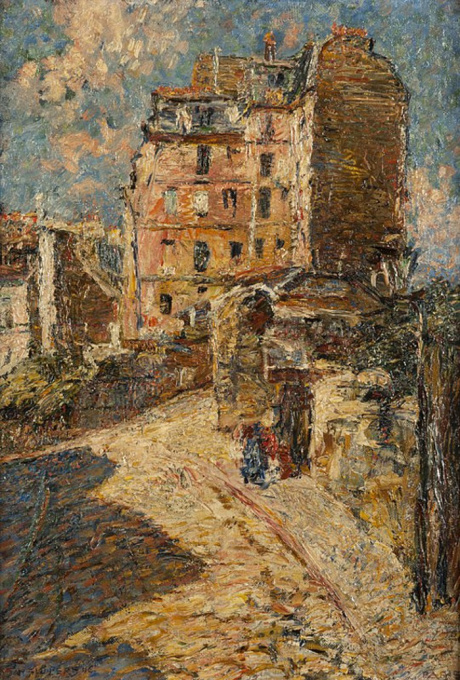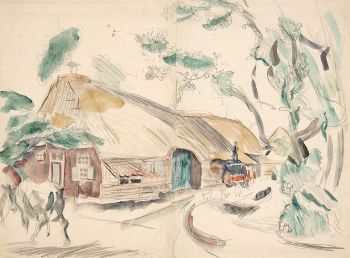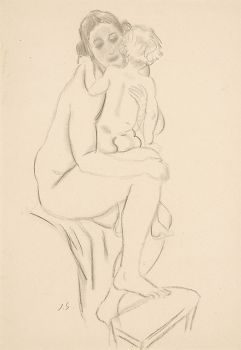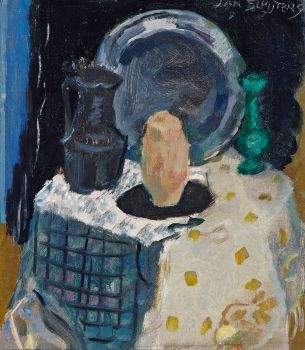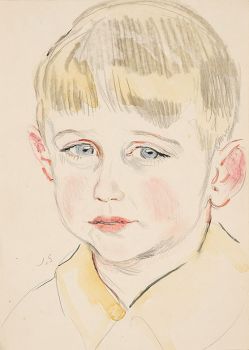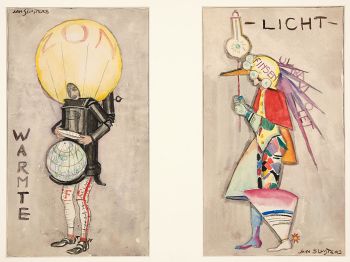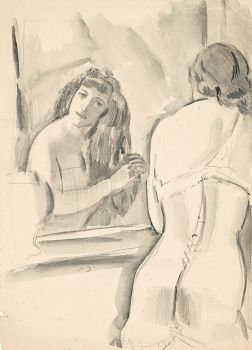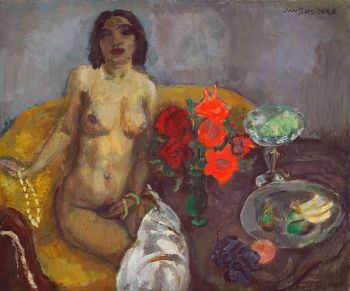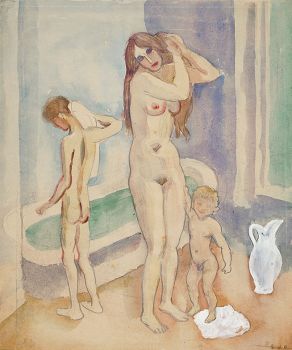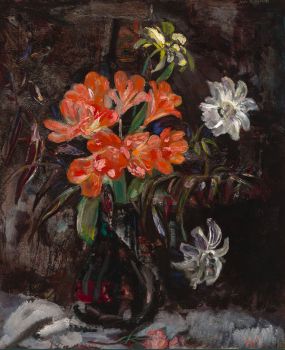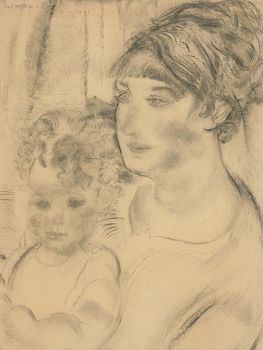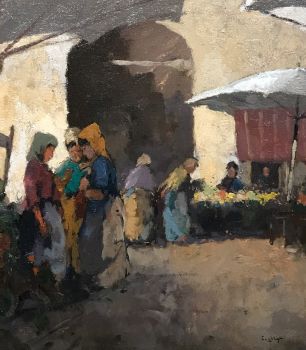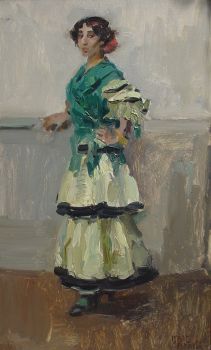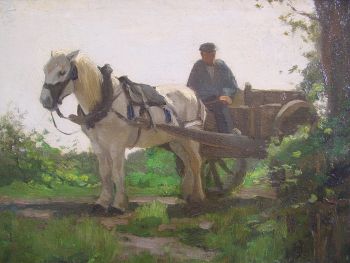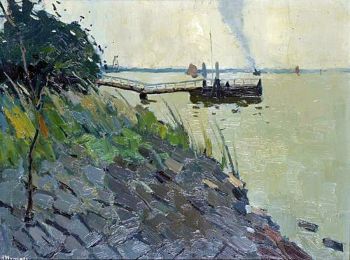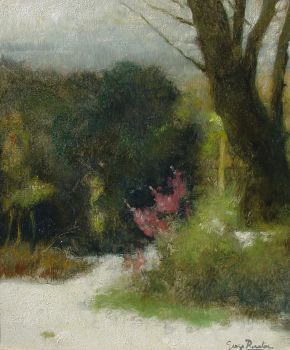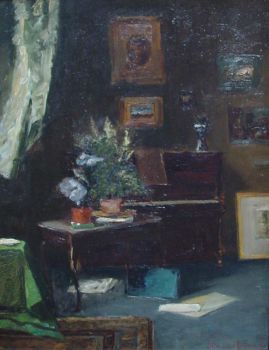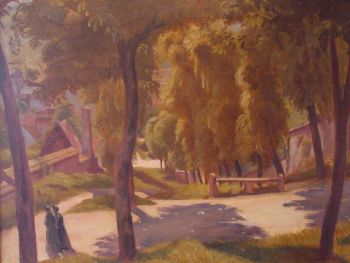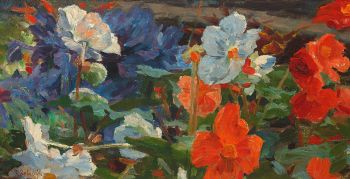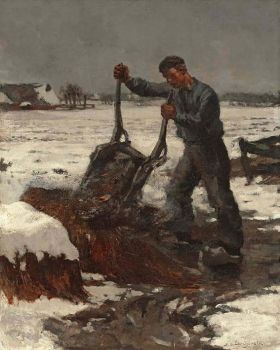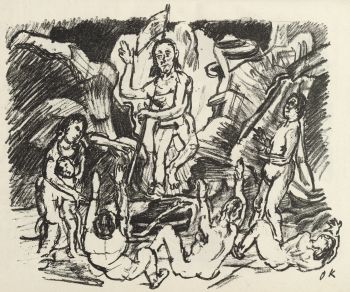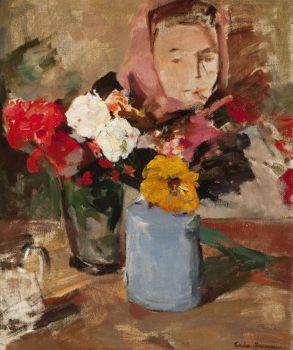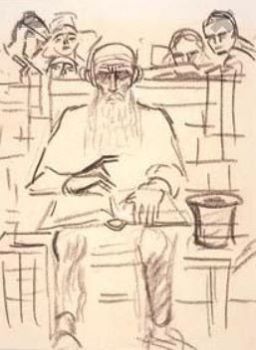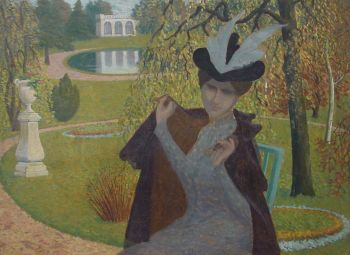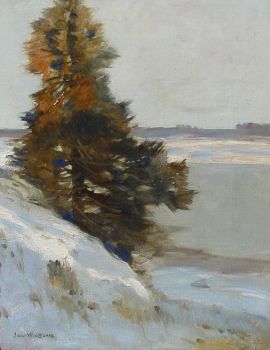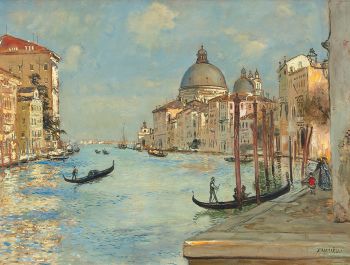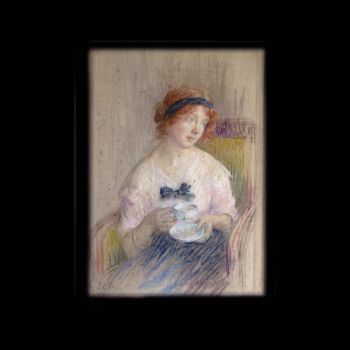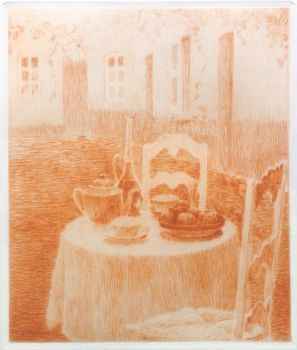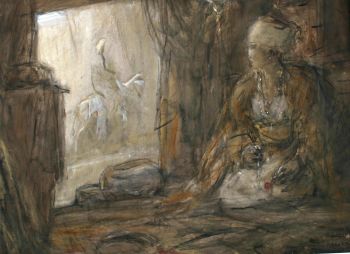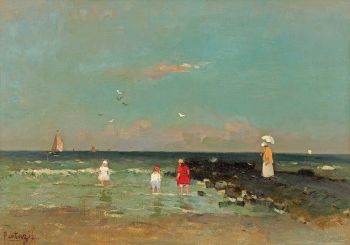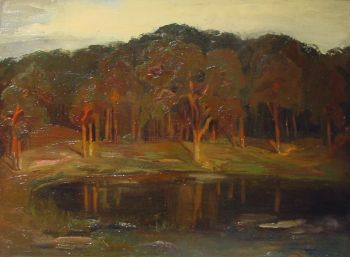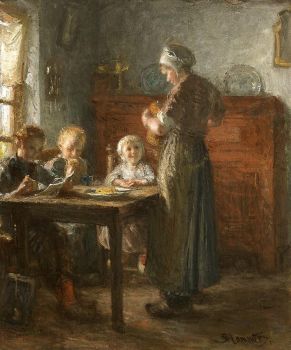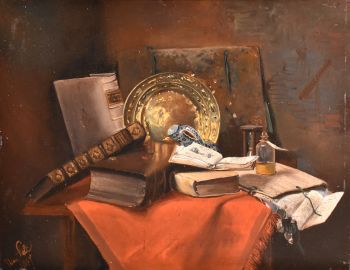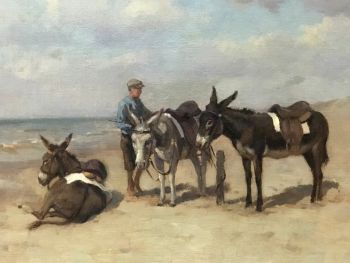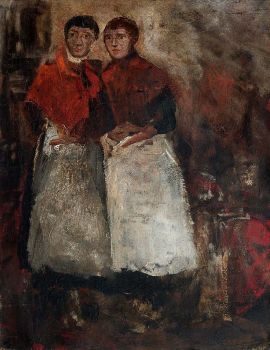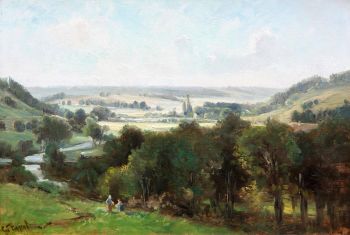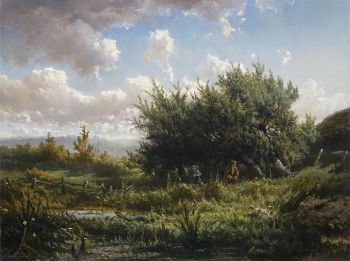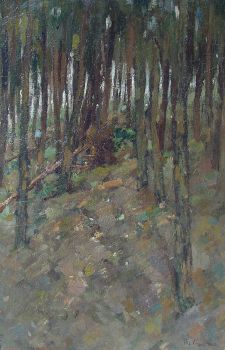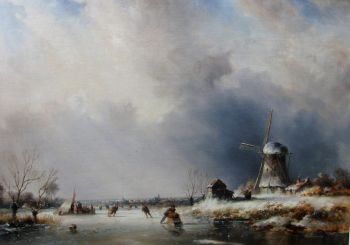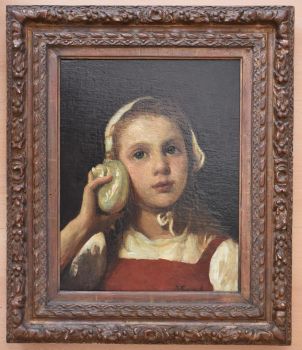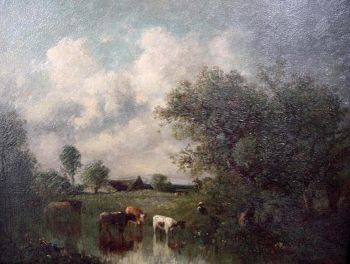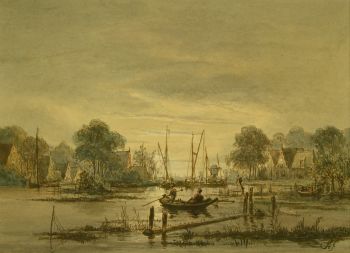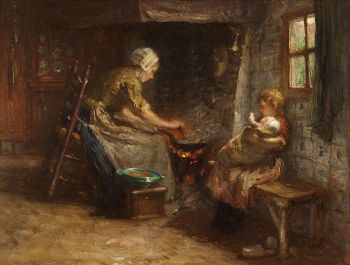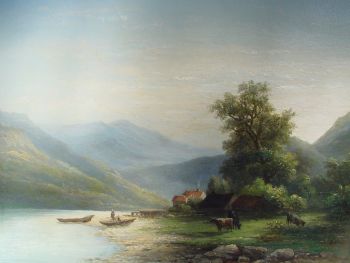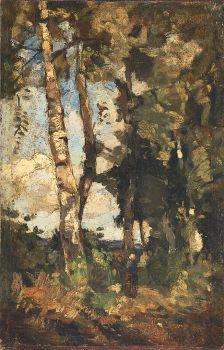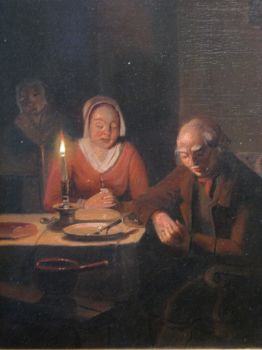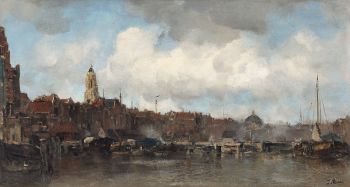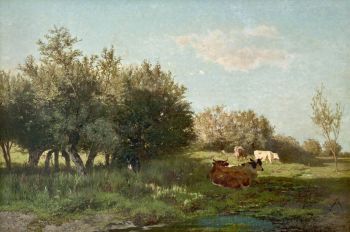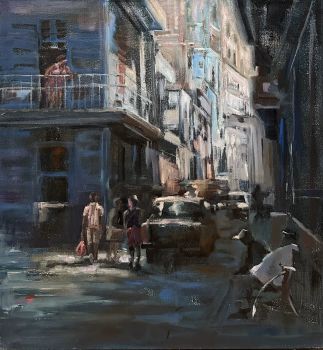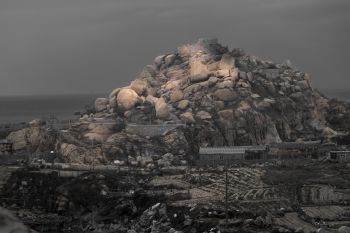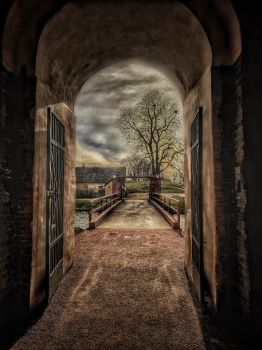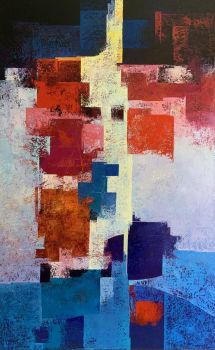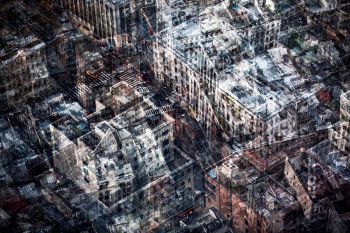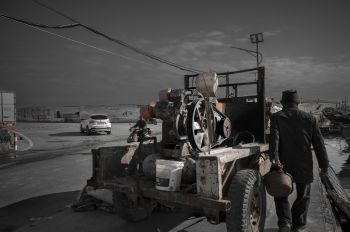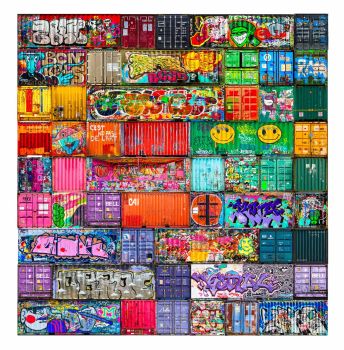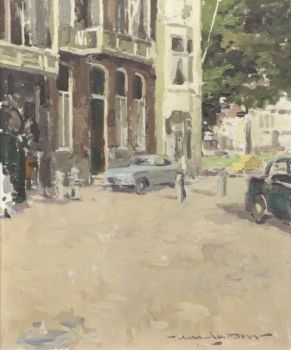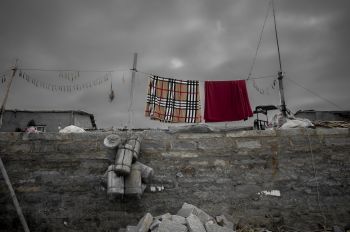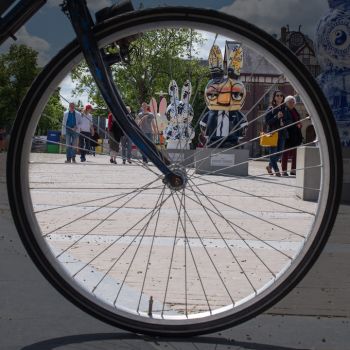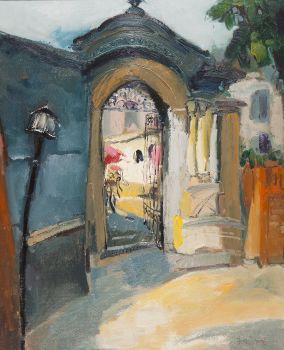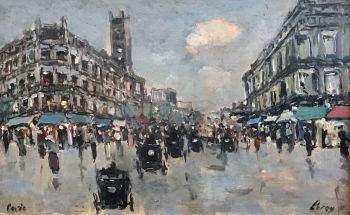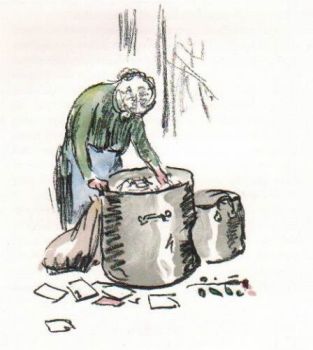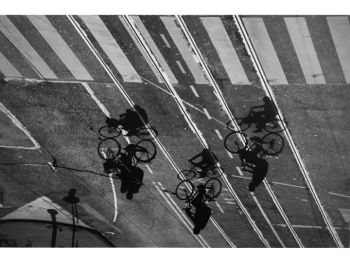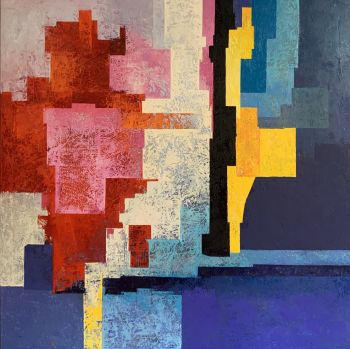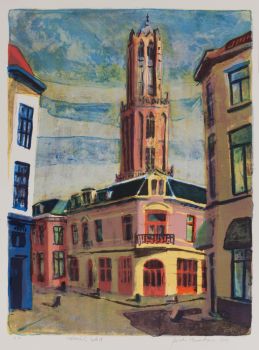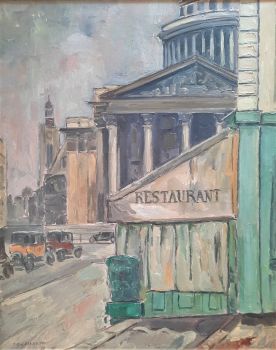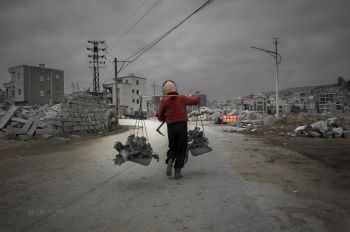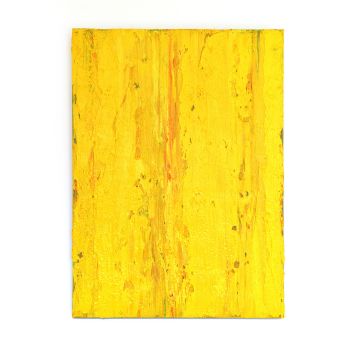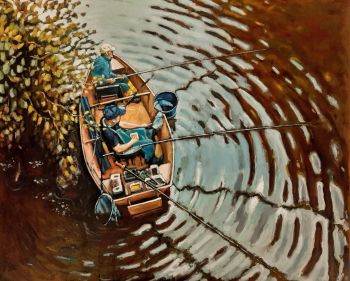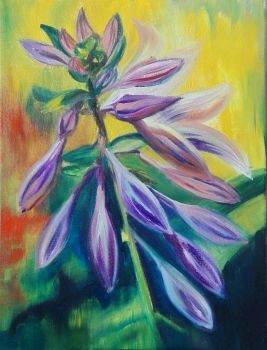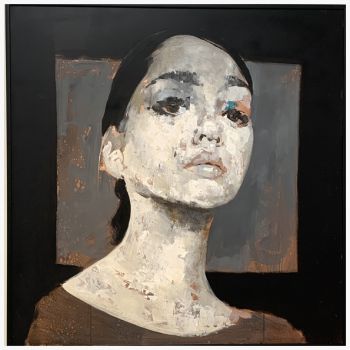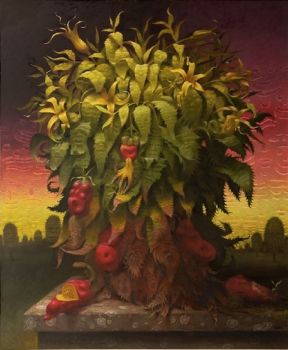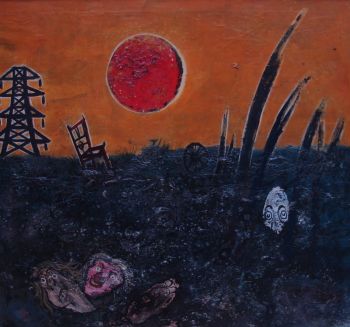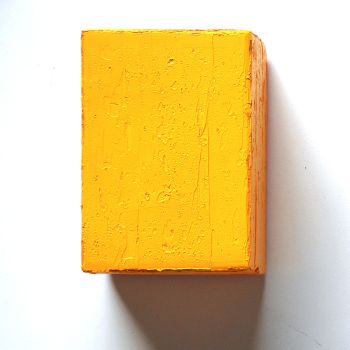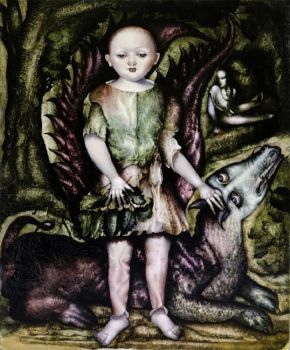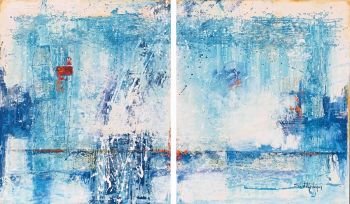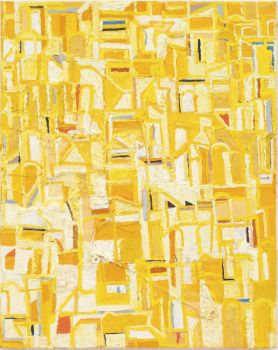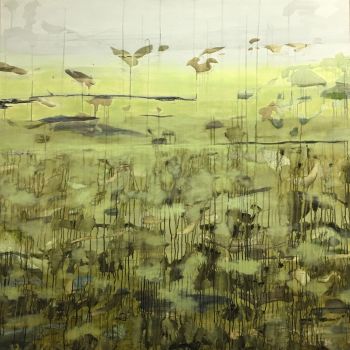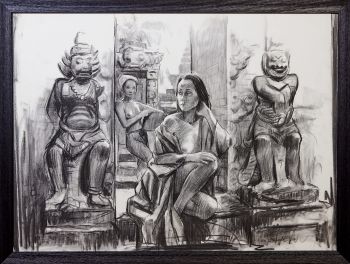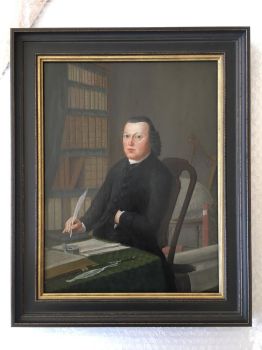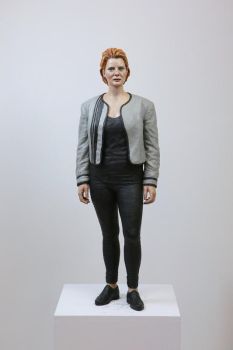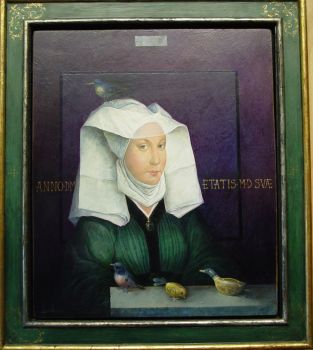Montmartre, Paris 1906
Jan Sluijters
Pintura de aceitePintura
53 ⨯ 36 cm
ConditionExcellent
Actualmente no disponible a través de Gallerease
- Sobre la obra de arteOil on canvas, signed and dated (‘06) lower left. Lower right 'Paris'
The work of Jan Sluijters is esteemed of great importance for Dutch Art History. He played a pioneering role in the avant-garde movement of which Piet Mondriaan and Leo Gestel were also a part. In 1904 Sluijters won the Prix de Rome. This government subsidy gave him the opportunity to study for four years abroad, beginning in Rome. Here Sluijters studied the classics, but after some time he felt the need to broaden his horizons. He travelled to Spain and finally ended up in Paris in 1906, just in time to visit the most important exhibition of the year, the Salon des Independants.
The vibrant artistic environment of Paris in those days gave Sluijters the inspiration that he was looking for. The Fauves started to become popular, the first general exhibition was organised with works by Van Gogh and Kees van Dongen, who had his first solo exhibition. All these influences and contacts are reflected in this painting by Sluijters depicting the artists' quarter of Montmartre.
Lit: This painting is included in the catalog raisonné of the artist by the National Institute for Art History (RKD) in The Hague: Jacqueline de Raad, Annemiek Rens, Ton Geerts: 'Jan Sluijters: Het geschilderde oeuvre', RKD Monographs 2014
Provenance: Kunsthandel M. L. de Boer, Amsterdam, no. 9833, 1972 - Sobre el artista
Jan Sluijters nació en Den Bosch en 1881. Era hijo de Gijsbertus Antonius Sluijters. El propio Jan Sluijters tuvo tres hijos llamados Jan Sluijters (jr.), Lous Sluijters y Eliza Sluijters junto con M.F. van Cooten. Sus yernos fueron Jacob Kuijper y Kuno Brinks. Sus pinturas incluyen estudios de desnudos, retratos, paisajes y naturalezas muertas.
Jan Sluijters, junto con Piet Mondriaan y Leo Gestel, se destaca como uno de los artistas modernos holandeses verdaderamente pioneros. En sus primeros años, Sluijters experimentó con muchos estilos diferentes. Después de sus visitas a París su estilo se volvió más expresivo y perteneció más al cubismo y al futurismo.
Una parte particularmente importante de su obra son sus paisajes lumínicos que datan de su primera etapa. Después de su período expresionista en el pequeño pueblo de Staphorst en 1916, Sluijters comenzó a pintar retratos y desnudos realistas.
Varias calles llevan su nombre en los Países Bajos, incluida una en el barrio de calles que llevan el nombre de pintores holandeses de los siglos XIX y XX en Overtoomse Veld-Noord, Amsterdam.
Jan Sluijters murió en Amsterdam en 1957.
Artwork details
Related artworks
Jan Sluijters
Mother with two children in bathroom1900 - 1950
Precio a consultarStudio 2000 Art Gallery
1 - 4 / 12Raoul Hynckes
Riverview with scaffolding (near Kinderdijk, the Netherlands)1913 - 1924
Precio a consultarKunsthandel Pygmalion
Carel Nicolaas Storm van 's Gravesande
My studio in Bruxelles1841 - 1924
Precio a consultarKunsthandel Pygmalion
Albert Clouard
Élégante à la cape (Elegant lady with a cloak)1866 - 1900
Precio a consultarKunsthandel Pygmalion
1 - 4 / 24 curada por
curada porDanny Bree
Bernardus Johannes Blommers
Het bereiden van de maaltijd1870 - 1914
Precio a consultarStudio 2000 Art Gallery
Corstiaan Hendrikus de Swart
Mountain landscape with Lake1838 - 1900
Precio a consultarKunsthandel Pygmalion
Gerard Bilders
The 'Uiterwaarden' at Oosterbeek (flood plains)1861
Precio a consultarStudio 2000 Art Gallery
1 - 4 / 24- 1 - 4 / 24
Aris Knikker
Riverview with a village (Kortenhoef, Netherlands)1887 - 1962
Precio a consultarKunsthandel Pygmalion
1 - 4 / 24

